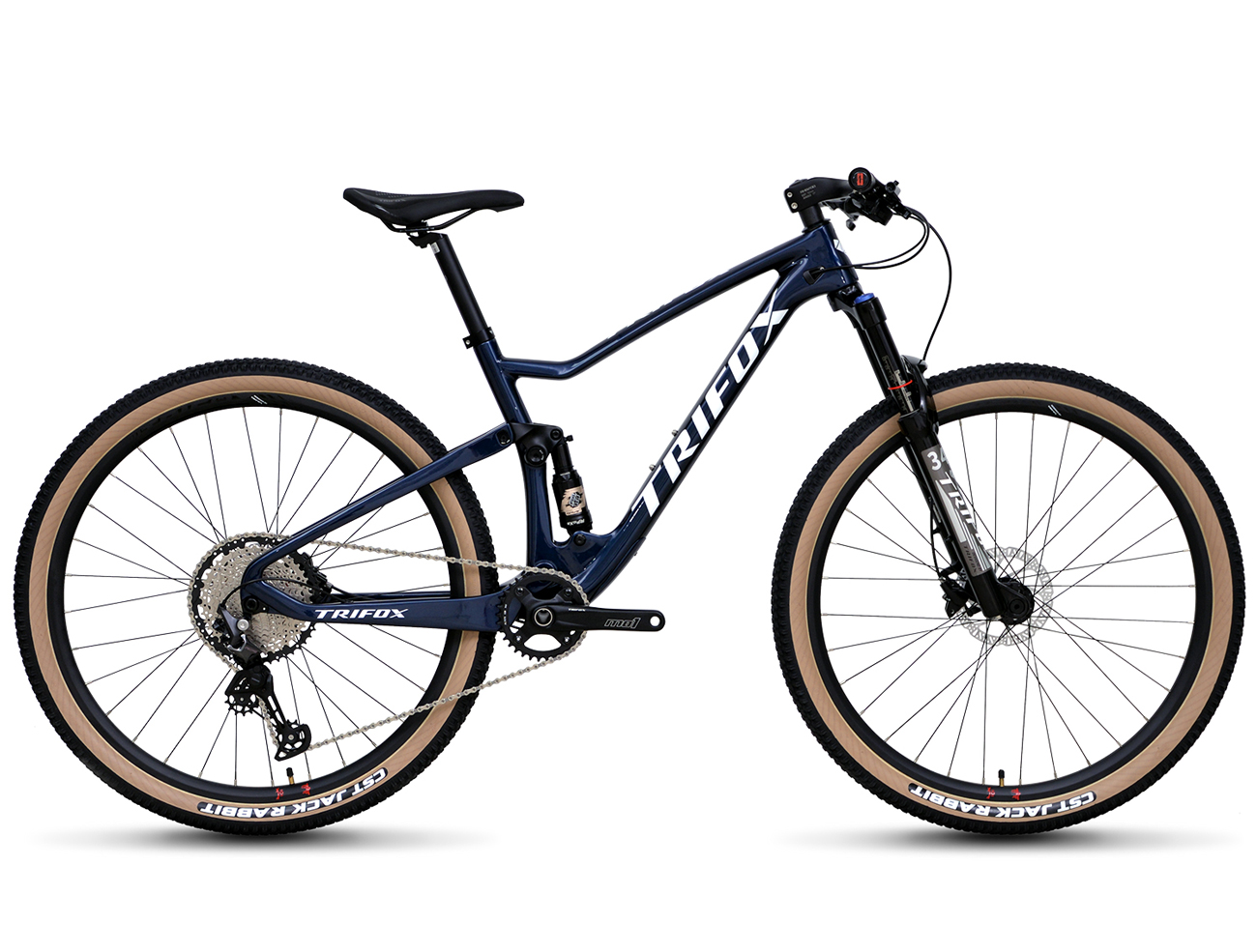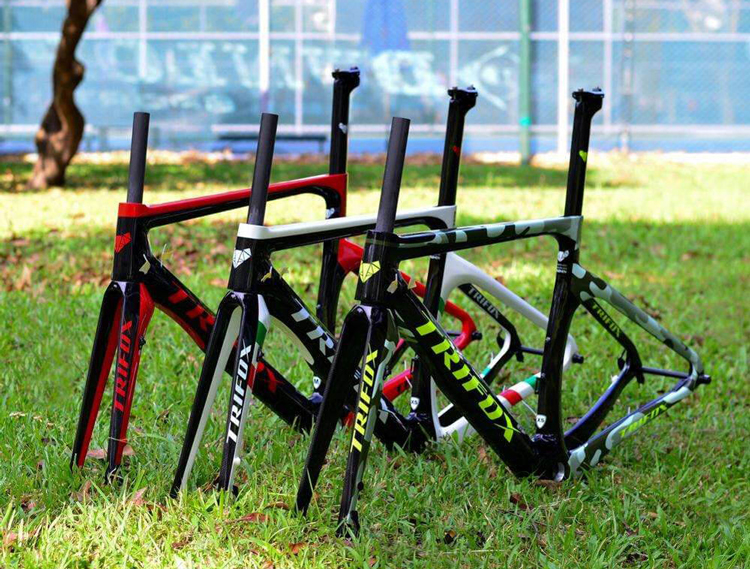Downhill mountain biking is an adrenaline-pumping sport that challenges your skills, bravery, and ability to adapt to rapidly changing terrains. Whether you're a seasoned rider or a newbie eager to tackle the slopes, mastering downhill MTB requires the right techniques and equipment.
1. Mastering Body Positioning
Your body position is crucial in maintaining balance and control during downhill rides. Follow these tips to improve your stance:
- Stay Centered: Keep your body weight centered over the bike. This helps maintain traction and stability.
- Lower Your Center of Gravity: Bend your knees and elbows to lower your center of gravity. This posture improves balance and allows you to absorb shocks from the terrain.
- Look Ahead: Focus on the trail ahead rather than the immediate ground. This anticipatory gaze helps you prepare for obstacles and take smoother lines.
2. Effective Braking Techniques
Proper braking techniques are essential for maintaining control and speed on descents:
- Use Both Brakes: Apply both front and rear brakes smoothly and evenly. The front brake provides more stopping power, but relying too much on it can cause you to lose balance.
- Feather the Brakes: Use a gentle, pulsing braking motion instead of a hard squeeze. This minimizes skidding and maintains traction.
- Brake Before Turns: Reduce your speed before entering turns, allowing you to navigate through them with more stability.
3. Choosing the Right Gear
Selecting the appropriate gear setup enhances your control and performance:
- Lower Gears for Steep Descents: Use lower gears to maintain a steady and controlled speed on steep sections.
- Gear Switching: Familiarize yourself with your gear shifters to make seamless transitions as the terrain changes.
4. The Advantage of a Full Suspension Carbon MTB Frame
Investing in a quality frame, such as the Trifox MFM100 full suspension carbon MTB frame, can significantly enhance your downhill experience:
- Superior Shock Absorption: The MFM100's dual suspension system absorbs impact, reducing rider fatigue and providing a smoother ride over rugged terrain.
- Strength and Lightweight: Made from T800 carbon fiber, the frame offers an excellent balance between strength and weight, allowing for agile maneuvers and increased speed.
- Boost Technology: With 148 x 12mm spacing, the frame supports wider hub flanges, resulting in a stronger rear wheel for improved stability during descents.
5. Mental Preparation and Confidence Building
Downhill MTB is as much a mental challenge as it is physical. Boost your confidence with these tips:
- Start Small: Begin with less challenging trails and gradually progress to more difficult descents as your skills improve.
- Visualize Success: Picture yourself navigating the trail successfully, focusing on smooth lines and controlled movements.
- Positive Mindset: Embrace mistakes as learning opportunities and maintain a positive outlook on your progress.
6. Safety First
Always prioritize safety on the trail:
- Wear Protective Gear: Equip yourself with a helmet, gloves, knee pads, and elbow pads to protect against falls.
- Trail Awareness: Familiarize yourself with trail routes and conditions before heading out.

Conclusion
Conquering downhill MTB requires practice, the right techniques, and reliable equipment. By mastering body positioning, braking, and gear usage, and leveraging the capabilities of a full suspension frame like the Trifox MFM100, you can tackle thrilling descents with confidence. Embrace the thrill of the ride, and remember, every descent is an opportunity to refine your skills and enjoy the exhilarating freedom of the trail. Happy riding!




















































































